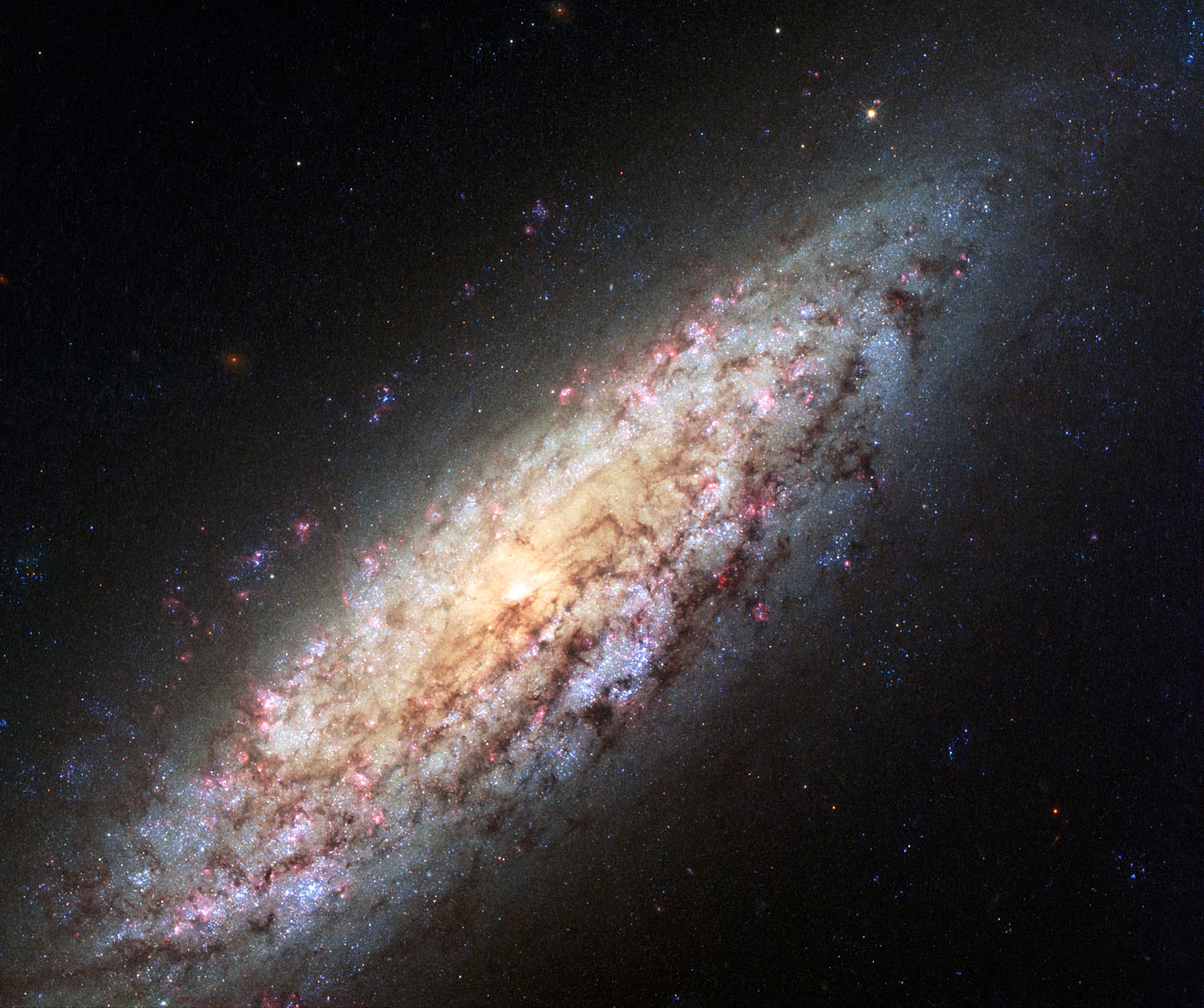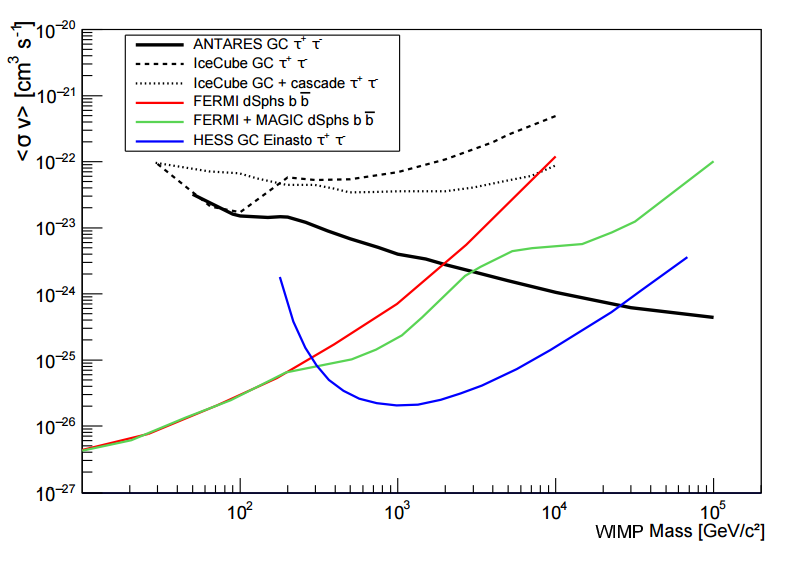Where is dark matter hiding?
 According to the Universe we see through our telescopes we must conclude that we don't understand how gravity acts beyond our Solar System. Stars move around their galaxies faster than they should; galaxies move so fast within their clusters that they should escape to the intergalactic space; light rays which go through regions with a high density of galaxies bend more than predicted by general relativity.
According to the Universe we see through our telescopes we must conclude that we don't understand how gravity acts beyond our Solar System. Stars move around their galaxies faster than they should; galaxies move so fast within their clusters that they should escape to the intergalactic space; light rays which go through regions with a high density of galaxies bend more than predicted by general relativity.
We do not seem to understand better the history of the Universe: after the first instants there is apparently much more primordial deuterium and less helium-4 than we should expect, given the amount of matter that we observe; the temperature fluctuations of the cosmic microwave background, formed at the time when the atoms first appeared, show matter overdensities which are insufficient to produce the galaxies we currently observe. Moreover, the large scale structures that we can see, which include filaments formed by millions of galaxies and large voids, cannot be reproduced in our computer simulations, assuming the amount of baryonic matter (i.e., protons and neutrons) observed in the primordial Universe. And to finish the job we can not even make sense of the sequence of structure formation: the order that we predict (stars first, then galaxies, galaxy clusters, superclusters, and finally filaments) cannot be reproduced from the cosmic microwave background.
As we just said: we don't understand a thing.
Unless…
Unless we assume that there is another type of matter apart from baryonic matter, a kind of matter which hardly interacts either with baryons or with light. This hypothetical substance was dubbed dark matter... already 84 years ago! Dark matter acts as a cure-all elixir: it essentially fixes everything, or almost everything… but at the expense of accepting that the only evidence we have of its existence is the gravitational effects we have just described.
It is thus natural that the community is rather frantic trying to understand what dark matter is. One of the most accepted hypotheses is that it could be composed of new elementary particles yet to be discovered; among them, WIMPs (Weakly Interacting Massive Particles) have strong support in the community. A means to find these WIMPs is to try and produce them in the collisions inside particle accelerators. We are also trying to detect the ones that are around us by identifying their very rare interactions with regular matter, a method dubbed "direct detection". Finally, we are also looking for the effects they should produce when they accumulate inside large astrophysical objects; in those environments the dark matter density is enough for the particles to annihilate, and they should produce particles that we can indeed detect.
 A group of IFIC researchers uses the latter method to search for dark matter in the data of the ANTARES neutrino telescope. In a recent article published in the journal Physics Letters B, scientists of the ANTARES/KM3NeT group at IFIC have performed a search for high-energy neutrinos coming from the centre of the Milky Way… and they have found no signal. This has enabled them to impose very stringent limits on WIMP annihilation in the centre of the Galaxy. The fact that ANTARES is located in Earth’s northern hemisphere, and therefore can observe optimally the celestial southern hemisphere, where the Galactic centre is located, makes its results very competitive, even better than those of its much larger partner, the IceCube neutrino telescope, that operates at the South Pole, and even better –in the regime of very havy WIMPs– than state-of-the-art bounds set by gamma-ray detectors.
A group of IFIC researchers uses the latter method to search for dark matter in the data of the ANTARES neutrino telescope. In a recent article published in the journal Physics Letters B, scientists of the ANTARES/KM3NeT group at IFIC have performed a search for high-energy neutrinos coming from the centre of the Milky Way… and they have found no signal. This has enabled them to impose very stringent limits on WIMP annihilation in the centre of the Galaxy. The fact that ANTARES is located in Earth’s northern hemisphere, and therefore can observe optimally the celestial southern hemisphere, where the Galactic centre is located, makes its results very competitive, even better than those of its much larger partner, the IceCube neutrino telescope, that operates at the South Pole, and even better –in the regime of very havy WIMPs– than state-of-the-art bounds set by gamma-ray detectors.
This work, together with a similar search in the Sun, was the main topic of the doctoral work of Christoph Tönnis, a PhD researcher of the Santiago Grisolia Programme of the Conselleria d'Educació, Investigació, Cultura i Esport de la Generalitat Valenciana, who was supervised by the IFIC researchers Juan José Hernández Rey and Juan de Dios Zornoza Gómez.
“Results from the search for dark matter in the Milky Way with 9 years of data of the ANTARES neutrino telescope”, S. Adrián-Martínez et al. Phys.Lett. B769 (2017) 249–254, arXiv:1612.04595
"Indirect search for dark matter in the Sun and the Galactic Centre with the ANTARES neutrino telescope", PhD dissertation by Christoph Tönnis.
















